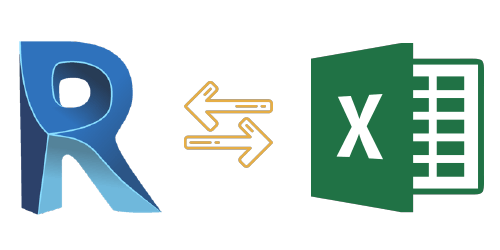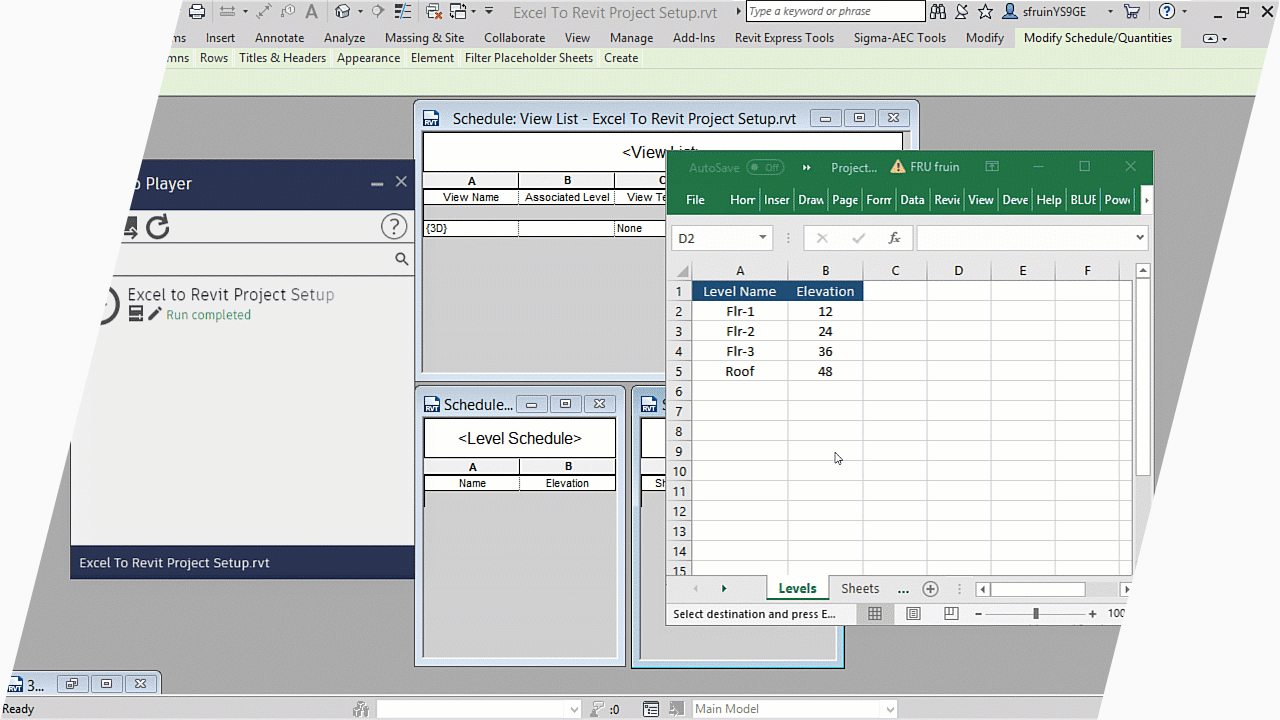Efficiency Meets Precision: Explore Important Revit Tools
Wiki Article
Excel Empowerment: Supercharge Your Revit Projects With Seamless Information Import
With smooth information import, Excel empowerment can be the trick to unlocking your job's complete potential. Picture enhancing the import procedure and making best use of effectiveness via smooth data assimilation. In this short article, we will certainly share ideas and tricks for utilizing Excel in your Revit jobs.The Power of Master Revit Projects
You can supercharge your Revit projects by taking advantage of the power of Excel for seamless data import. Excel is a flexible tool that can considerably improve your operations and productivity in Revit (revit plugins). With Excel, you can quickly import and handle big amounts of information, saving you time and effortAmong the vital advantages of using Excel in Revit is its capacity to handle intricate estimations and solutions. You can make use of Excel to carry out computations on your information, such as producing amounts, computing costs, or examining performance. This can be especially useful when functioning with large projects that require extensive computations.

In enhancement, Excel provides a user-friendly and acquainted user interface for collaborating with data. You can arrange and control your data in a spreadsheet format, making it easy to view and modify. When teaming up with others or when you need to make fast modifications to your job data., this can be particularly practical.
Additionally, Excel allows you to conveniently import and export information in between Revit and other software program applications. You can import information from outside sources right into Revit, such as material requirements or devices routines, and export data from Revit to Excel for additional analysis or coverage.
Streamlining Data Import With Excel in Revit
When making use of Excel as a tool,Simplifying information import in Revit becomes less complicated. With Excel, you have the power to seamlessly import and handle large quantities of information in your Revit jobs. By using the acquainted user interface and performance of Excel, you can save time and boost efficiency in your operations.One of the crucial advantages of using Excel for information import in Revit is the ability to easily arrange and adjust information before importing it right into your job. With Excel's effective attributes, such as sorting, filtering system, and solutions, you can promptly tidy up and style your data to satisfy the requirements of your Revit task.
Furthermore, Excel allows you to import data from numerous sources, such as data sources, spread sheets, or also web-based applications. This versatility provides you the freedom to collect information from different systems and combine it right into one central place for very easy accessibility and management.
Furthermore, Excel offers the option to develop custom design templates for data import in Revit. By creating design templates tailored to your job's particular requirements, you can ensure uniformity and accuracy in your information import process.
Total, utilizing Excel as a device for data import in Revit improves the procedure and boosts your efficiency. Why not take advantage of this powerful tool and supercharge your Revit jobs with smooth information import using Excel?
Optimizing Effectiveness With Seamless Data Combination
Make the most of efficiency by seamlessly incorporating and managing information in your workflow. Gone are the days of manually inputting information right into your system, wasting priceless time and sources. With seamless information combination, you can improve your processes and supercharge your performance.
When you have a seamless assimilation system in place,Managing information ends up being a breeze. You can easily arrange and categorize your information, making it much easier to fetch and evaluate. State farewell to the days of undergoing endless spread sheets for that piece of details you require.

Excel Tips and Tricks for Revit Projects
Additionally, you can utilize Excel to create personalized templates for information import and export. This method, you can make sure uniformity and precision when transferring data between Revit and Excel. In general, grasping these Excel methods and tips will greatly boost your capability to manage and adjust data in your Revit projects.Utilizing the Excel-Revit Connection for Success
To take advantage of your Excel-Revit connection, capitalize on the capability to effortlessly integrate and move project details. By harnessing this effective connection, you can supercharge your Revit tasks and enhance your workflow. With just a few basic steps, you can import information from Excel directly into Revit, conserving you time and making sure precision.One of the vital benefits of the Excel-Revit link is the capacity to transfer information effortlessly. Whether you are importing routines, area data, and even geometry info, Excel provides a straightforward interface that enables you to organize and manipulate your information before importing it right into Revit. This means you can conveniently update and customize your job that site information in Excel, and with a few clicks, move those adjustments directly into your Revit version.
Along with moving information, the Excel-Revit connection likewise enables synchronization. This means that any type of modifications made in Excel can be automatically upgraded in Revit, guaranteeing that your job details is always as much as day. This synchronization feature is particularly useful when taking care of huge and complex jobs, as it gets rid of the need for manual data access and minimizes the threat of errors.
Conclusion
So there you have it - the power of Master Revit jobs can not be additional hints taken too lightly. By improving information import and making the most of effectiveness through seamless data combination, you can supercharge your jobs and achieve success. With the Excel-Revit link, you have the tools to take your jobs to the next degree and accomplish remarkable results. So don't wait any type of longer, start harnessing the power of Master your Revit jobs today and unlock a globe of opportunities.You can supercharge your Revit jobs by taking advantage of the power of Excel for smooth data import. With Excel, you have the power to effortlessly import and manage huge amounts of data in your Revit projects (import excel into blog here revit). On the whole, understanding these Excel suggestions and tricks will considerably boost your ability to manage and control data in your Revit tasks
Whether you are importing schedules, area data, or also geometry information, Excel supplies a straightforward interface that enables you to organize and manipulate your data before importing it into Revit. By enhancing data import and maximizing efficiency via seamless data combination, you can supercharge your tasks and achieve success.
Report this wiki page